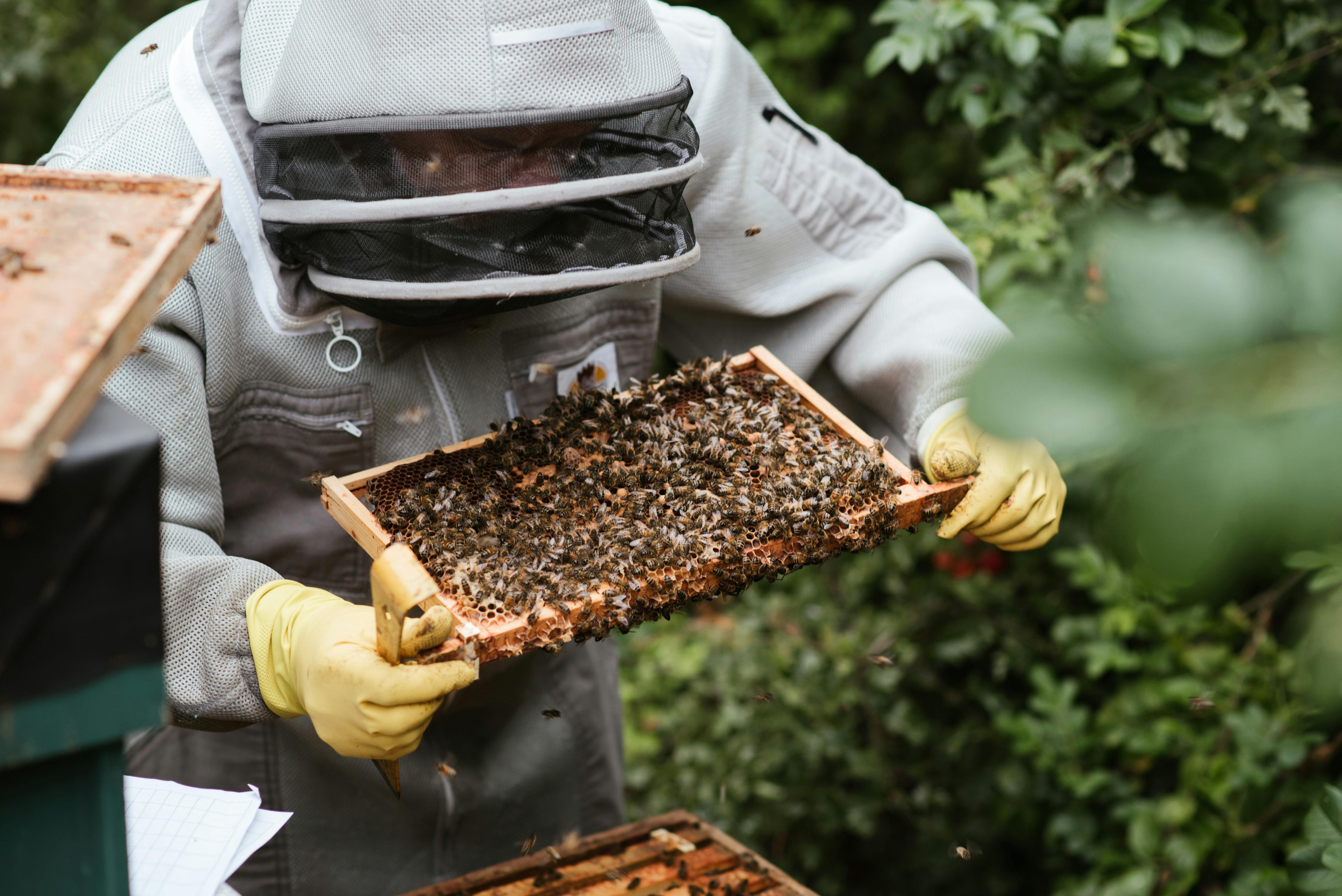Despite their long-standing mutual friendship and shared camaraderie as the two highest-ranking knights of King Arthur’s round table, Sir Launcelot and Sir Gawain spend much of the Arthurian Cycle as bitter enemies. We will explore the root causes of this animosity, its basis in the cultural understandings of the time, and how that same culture bridged the gap between them.
At the beginning of the cycle, Arthur and Launce are as close as brothers, or possibly closer. Lancelot is rumored to be involved with Queen Guinevere, but Arthur cares little about his clandestine affair, as there seems to be no public knowledge of the matter. Only when Agravaine and Mordred decide to expose the matter and challenge Lancelot’s position does Arthur take action. It is also then that Gawain becomes indirectly involved in Lancelot’s eventual exile from King Arthur’s court.
In the ensuing exile, and eventual advance across the channel by Arthur and his still loyal knight Sir Gawain, Gawain’s brothers Sir Gaheris and Sir Gareth are accidentally slain by Sir Lancelot. In a curious and revealing text, Lancelot laments the murder, saying that if the brothers had been armed, they would not have been killed. This is a key to understanding the culture under which Lancelot and Gawain lived, and the chivalrous code they vowed to uphold.
Knights obeyed a code that demanded an almost dual personality: they had to pledge allegiance to a more powerful patron, while holding fast to their personal sense of justice and obligation. When the two separate loyalties could not be justified, that is, when the patron himself seemed to abandon the code, or in some way acted against it, what obligation was the knight to follow? Should she go blindly with his powerful boss? Or was he to adhere to his own highly evolved inner sense of personal obligation? It must also be remembered, that part of the code required a knight to seek to protect the weak against the strong in all things. Gawain had no choice, then, to avenge his brothers disarmed from him and therefore weaker.
It was in this context that Gawain and Lancelot found themselves at odds, even under the threat of fatal consequences. Loyalty was everything; therefore, Gawain had no choice but to comply with the round table’s demand that he accept the murders of Sir Gaheris and Sir Gareths as a matter of fate. But his loyalty to his brothers forced him to abandon his longstanding loyalty to Lancelot, a fellow knight. It must have been a searing choice. In the end, Gawain’s allegiance turned to Lancelot, or more correctly, to the code of the Round Table and the overriding need to preserve the social order that he engendered.
In another revealing scene, Lancelot severely wounds Gawain, even to death. Gawain recovers, only to seek out Lancelot in battle once more, and once more to be badly mauled. Gawain is determined that one of them die to satisfy the death of Gaheris and Gareth. In both battle scenes, Lancelot has every opportunity to kill Gawain. He refuses to do so, revealing what could be a flaw in Lancelot’s loyalty to the code, or his feeling that the code itself is no longer useful to the emerging society of which he is a part. Then, in the third meeting, Gawain dies for real. Before his death, he forgives Lancelot for the death of his brothers, and urges his old friend and fellow knight to run to Arthur’s side, to help the king against Mordred’s opportunistic coup. .
So Gawain dies, having restored his own position in the code and at the round table. Lancelot helps Arthur on Salisbury Plain, where not only Mordred but Arthur himself are killed. Thus, the rivalry and reconciliation of Lancelot and Gawain are the last examples of the application of the chivalrous code in the Arthurian cycle. Later, Lancelot joins a religious order. He and Guinevere die, separated for eternity, their unrequited love a matter for eternity. The Round Table and its chivalrous code of chivalry fade into history.
